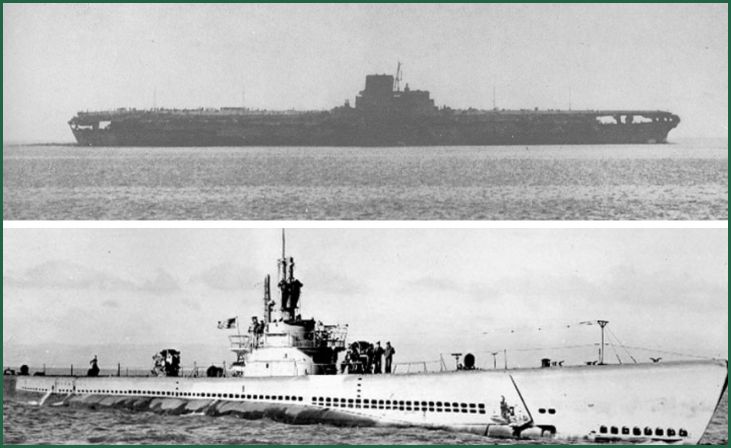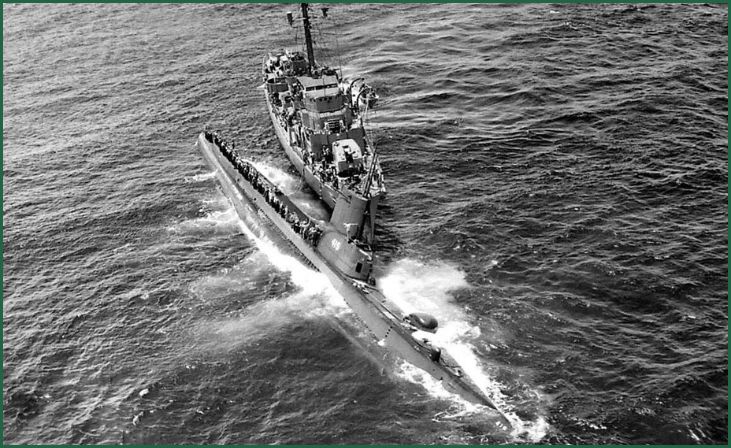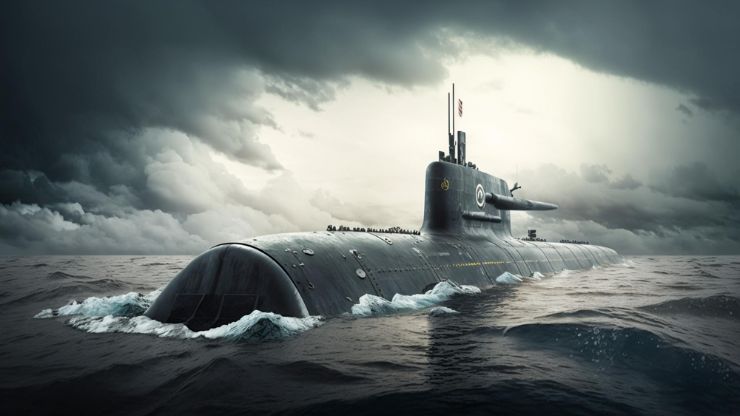Welcome to our deep dive into the historical marvel, the IJN Shinano! Unveiling the secrets behind the 7 characters of the IJN Shinano promises a journey into the heart of naval history. From its inception to its tragic fate, we will explore the unique traits that defined this Japanese aircraft carrier.
As we navigate through the corridors of time, each character of the IJN Shinano contributes to its enigmatic legacy. Whether you’re a history enthusiast or a maritime buff, this blog is your compass to understanding the essence of one of World War II’s most intriguing naval vessels. Join us as we unravel the untold stories embedded in the 7 characters of the IJN Shinano, a tale etched in the annals of naval warfare.
Table of Contents
Toggle7 Important Characters of the IJN Shinano
1. Size and Displacement

The IJN Shinano, a marvel of naval engineering, held the title of the largest aircraft carrier of its time. With a colossal displacement of over 68,000 tons, it surpassed its contemporaries, dwarfing even the renowned Yamato-class battleships.
This immense size allowed the Shinano to accommodate a vast array of aircraft and weaponry, solidifying its role as a strategic asset for the Imperial Japanese Navy during World War II. The sheer scale of the Shinano not only reflected Japan’s commitment to naval dominance but also posed a significant challenge for its adversaries.
Also Read: World’s Wealthiest Nations
2. Aviation Facilities
Beyond its impressive size, the IJN Shinano was equipped with state-of-the-art aviation facilities. Its expansive flight deck could launch and recover aircraft with efficiency, showcasing advancements in carrier-based operations. The hangar space was meticulously designed to house a diverse air wing, ranging from fighter planes to torpedo bombers.
This strategic flexibility allowed the Shinano to play a pivotal role in both offensive and defensive naval strategies. The carrier’s aviation capabilities marked a paradigm shift in naval warfare, emphasizing the importance of air power on the high seas.
3. Enhanced Armor Protection
To withstand the rigors of naval combat, the IJN Shinano featured enhanced armor protection, a crucial aspect that distinguished it from its predecessors. The carrier incorporated a sophisticated armor layout, providing increased resistance to enemy attacks.
This defensive design was a response to the evolving threats faced by naval vessels during the Pacific theater of World War II. The combination of size, firepower, and reinforced armor made the Shinano a formidable presence, instilling confidence in the Imperial Japanese Navy’s ability to navigate the turbulent waters of war.
4. Construction and Conversion

Originally laid down as the third vessel of the Yamato-class battleships, the IJN Shinano underwent a remarkable transformation. In response to the changing dynamics of naval warfare, the Japanese authorities decided to convert the Shinano into an aircraft carrier during its construction.
This conversion process involved significant modifications to accommodate the unique requirements of carrier operations. The decision reflected Japan’s strategic adaptation to the importance of air power, underscoring the Shinano’s dual role as both a symbol of naval might and a strategic asset in the evolving theater of war.
5. Operational Role
Commissioned in 1944, the IJN Shinano had a relatively brief but impactful operational life. It participated in training exercises and ferry missions before being assigned to the fleet. Its intended role was to serve as a flagship, coordinating air operations and providing air cover for the Japanese fleet.
However, the carrier’s operational history was tragically cut short, and it never had the chance to fulfill its envisioned role in a major naval engagement. The untimely demise of the Shinano left a void in the Imperial Japanese Navy’s strategic plans.
Don't just scroll, subscribe!
BuzzTrail's unique web-stories are the cure for boredom you've been waiting for.
Also Read: US Air Force’s Plan for Big Planes
6. Sinking and Legacy

The fate of the IJN Shinano took a dramatic turn on November 29, 1944, when it fell victim to a U.S. submarine attack. The submarine USS Archerfish managed to penetrate the Japanese defenses, launching a salvo of torpedoes that struck the Shinano. The carrier succumbed to the damage and sank, marking one of the most significant losses for the Imperial Japanese
Navy. The sinking of the Shinano remains a poignant chapter in naval history, highlighting the vulnerability of even the most formidable warships in the face of covert submarine attacks. The legacy of the IJN Shinano endures as a cautionary tale of naval warfare’s unpredictability.
7. Historical Significance
The IJN Shinano’s historical significance extends beyond its physical attributes and operational history. As a symbol of Japan’s ambitious naval programs during World War II, the Shinano represents a complex intersection of strategy, technology, and the challenges faced by maritime powers during a tumultuous era.
Its construction, conversion, and eventual sinking encapsulate the broader narrative of a nation adapting to the evolving demands of modern warfare. The story of the IJN Shinano is a reminder of the dynamic nature of naval strategy and the indelible mark left by key players in the theater of global conflict.
Why Is This Warship Sinked?
The sinking of the IJN Shinano, a pivotal warship of the Imperial Japanese Navy, occurred on November 29, 1944, during World War II. The cause of its sinking can be attributed to a successful submarine attack by the USS Archerfish, an American submarine operating in the Pacific theater.
The USS Archerfish, under the command of Commander Joseph F. Enright, managed to penetrate the defensive perimeter of the Japanese fleet, which was escorting the IJN Shinano. In a daring and well-executed maneuver, the Archerfish positioned itself within striking distance and launched a salvo of torpedoes at the massive aircraft carrier. Several torpedoes found their mark, causing extensive damage to the Shinano.
The vulnerability of the Shinano to submarine attacks was exacerbated by a lack of effective damage control measures. The damage inflicted by the torpedoes compromised the carrier’s structural integrity and led to a rapid flooding of compartments. Despite efforts to save the vessel, the IJN Shinano succumbed to the damage, ultimately sinking beneath the waves of the Pacific Ocean.
Also Read: Planes America Used to Win WWII
The sinking of the IJN Shinano is a testament to the effectiveness of submarine warfare and the strategic prowess of the USS Archerfish. This event significantly impacted the course of naval operations in the Pacific, underscoring the vulnerability of even the largest and most advanced warships to covert submarine attacks.
Conclusion
In concluding our exploration of the 7 characters of the IJN Shinano, we’ve embarked on a voyage through time, discovering the vessel’s groundbreaking features and unraveling the circumstances that led to its demise.
The legacy of the IJN Shinano is a testament to the intricate interplay of innovation and adversity in naval history. As we bid farewell to this formidable carrier, its seven defining characters linger as a poignant reminder of the indomitable spirit and challenges faced by naval forces during World War II.
FAQs
What were the key characteristics that set the IJN Shinano apart?
What were the key characteristics that set the IJN Shinano apart?
The IJN Shinano, the largest aircraft carrier of its time, boasted exceptional features. With a massive displacement, advanced aviation facilities, and enhanced armor, it represented a paradigm shift in naval technology during World War II.
How did the fate of the IJN Shinano unfold?
How did the fate of the IJN Shinano unfold?
Tragically, the IJN Shinano met its demise shortly after its commissioning. Sunk by a U.S. submarine, it serves as a poignant reminder of the unpredictable nature of wartime operations and the challenges faced by naval forces during this tumultuous period.

